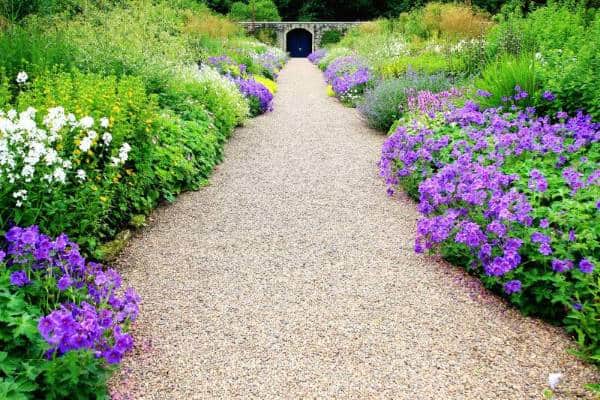Introduction
Arranging plants in the garden is both an art and a science. Whether you have a small backyard or a sprawling outdoor space, how you place your plants significantly impacts your garden’s beauty, health, and maintenance. A well-thought-out plant arrangement enhances visual appeal, ensures healthy growth, and creates a balanced ecosystem. This article explores expert strategies to help you arrange plants effectively, considering factors like sunlight, plant size, color, and growth habits.
Understanding Garden Layout Principles
Why Plant Arrangement Matters
Plant arrangement affects more than just aesthetics. Proper placement ensures that plants receive adequate sunlight, water, and nutrients. It also prevents overcrowding and competition, which can lead to disease and poor growth. Moreover, a strategic layout can create microclimates, support pollinators, and reduce maintenance efforts.
Key Factors to Consider
- Sunlight Exposure: Group plants according to their light needs—full sun, partial shade, or full shade.
- Plant Height and Spread: Place taller plants at the back or center and shorter ones at the front or edges for visibility and airflow.
- Soil and Water Requirements: Arrange plants with similar soil moisture needs together to simplify watering.
- Color and Texture: Combine different leaf shapes, colors, and flower hues to create visual interest.
Step-by-Step Guide to Arranging Plants in Your Garden
1. Assess Your Garden Space
Begin by measuring your garden and noting the sun’s path throughout the day. Identify areas of shade, wind exposure, and soil type. This assessment helps in choosing suitable plants and placing them where they will thrive.
2. Choose a Theme or Style
Decide on a garden style—formal, cottage, tropical, or minimalist—which influences plant selection and arrangement. For example, a formal garden may require symmetrical plantings, while a cottage garden allows for more natural, dense plant groupings.
3. Create Plant Groups Based on Needs
Group plants by their water, light, and soil preferences. This not only supports plant health but also streamlines garden care. For instance, succulents and drought-tolerant plants should be planted together in well-drained areas.
4. Use the ‘Thriller, Filler, Spiller’ Concept
This popular design strategy layers plants for visual interest:
- Thriller: Tall, eye-catching plants placed centrally or at focal points (e.g., ornamental grasses).
- Filler: Medium-height plants that complement thrillers and fill space (e.g., flowering perennials).
- Spiller: Low-growing plants that cascade over edges or soften borders (e.g., trailing ground covers).
5. Plan for Seasonal Interest
Incorporate plants that bloom or show color at different times of the year to maintain a vibrant garden throughout seasons. Mixing evergreens, bulbs, and deciduous plants ensures continuous appeal.
Expert Tips for Enhancing Plant Arrangement
Optimize Plant Spacing
Avoid overcrowding by respecting recommended spacing for each species. Proper spacing improves air circulation, reduces pest risks, and allows plants to grow to their full potential.
Incorporate Vertical Elements
Use trellises, arbors, or climbing plants to add vertical layers. This maximizes space and adds depth, making your garden look more dynamic.
Consider Plant Growth Over Time
Plan your garden with mature plant sizes in mind. Avoid placing fast-growing plants too close to slower growers or structures.
Use Repetition for Cohesion
Repeating certain plants or colors creates rhythm and unity across the garden, making it visually harmonious.
Real-World Examples and Case Studies
Case Study: A Small Urban Garden
An urban gardener in Seattle used the thriller, filler, spiller method to transform a tiny balcony garden. By grouping sun-loving succulents (thriller) with mid-height herbs (filler) and trailing ivy (spiller), the space became lush, manageable, and attractive year-round.
Expert Insight
According to landscape architect Mary Reynolds, “Understanding your garden’s microclimates and plant behavior is crucial. Always observe before planting and be patient—gardens evolve.”
Conclusion
Arranging plants in the garden is a rewarding process that combines knowledge, creativity, and planning. By considering factors such as sunlight, plant size, soil needs, and seasonal changes, you can create a thriving and beautiful garden. Use design principles like the thriller, filler, spiller method and plan for plant growth over time to ensure longevity and ease of maintenance. Start with a clear assessment of your space and choose plants wisely to enjoy a vibrant garden that reflects your style and supports local ecology. Remember, thoughtful plant arrangement is the foundation of a successful garden—happy planting!
